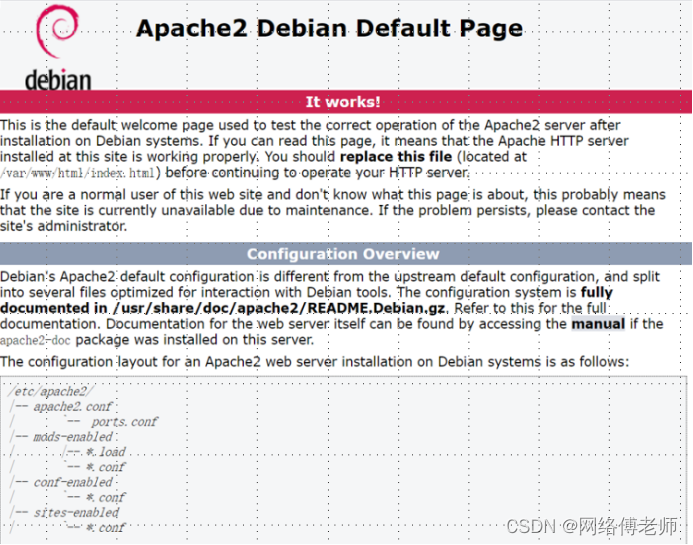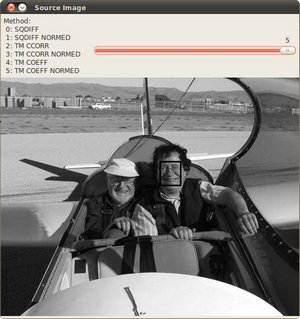加入注意力
1.编码器对每次词的输出作为key和value
2.解码器RNN对上一个词的输出是query
3.注意力的输出和下一个词的词嵌入合并进入RNN
一个带有Bahdanau注意力的循环神经网络编码器-解码器模型
总结
1.seq2seq通过隐状态在编码器和解码器中传递信息
2.注意力机制可以根据解码器RNN的输出来匹配到合适的编码器RNN的输出来更有效的传递信息。
python">pip install d2l==0.17.6 ### 很重要,不要下载错了,对于colab
python">import torch
from torch import nn
from d2l import torch as d2l
注意力解码器
AttentionDecoder类定义了带有注意力机制解码器的基本接口
python">class AttentionDecoder(d2l.Decoder):"""带有注意力机制解码器的基本接口"""def __init__(self, **kwargs):super(AttentionDecoder, self).__init__(**kwargs)@propertydef attention_weights(self):raise NotImplementedError
Seq2SeqAttentionDecoder类中 实现带有Bahdanau注意力的循环神经网络解码器。
1.编码器在所有时间步的最终层隐状态,将作为注意力的键和值;
2.上一时间步的编码器全层隐状态,将作为初始化解码器的隐状态;
3.编码器有效长度(排除在注意力池中填充词元)。
python">class Seq2SeqAttentionDecoder(AttentionDecoder):def __init__(self, vocab_size, embed_size, num_hiddens, num_layers,dropout=0, **kwargs):super(Seq2SeqAttentionDecoder, self).__init__(**kwargs)self.attention = d2l.AdditiveAttention(num_hiddens,num_hiddens,num_hiddens, dropout)self.embedding = nn.Embedding(vocab_size, embed_size)self.rnn = nn.GRU(embed_size + num_hiddens, num_hiddens, num_layers,dropout=dropout)self.dense = nn.Linear(num_hiddens, vocab_size)def init_state(self, enc_outputs, enc_valid_lens, *args):# outputs的形状为(batch_size,num_steps,num_hiddens).# hidden_state的形状为(num_layers,batch_size,num_hiddens)outputs, hidden_state = enc_outputsreturn (outputs.permute(1, 0, 2), hidden_state, enc_valid_lens)def forward(self, X, state):# enc_outputs的形状为(batch_size,num_steps,num_hiddens).# hidden_state的形状为(num_layers,batch_size,# num_hiddens)enc_outputs, hidden_state, enc_valid_lens = state# 输出X的形状为(num_steps,batch_size,embed_size)X = self.embedding(X).permute(1, 0, 2)outputs, self._attention_weights = [], []for x in X:# query的形状为(batch_size,1,num_hiddens)query = torch.unsqueeze(hidden_state[-1], dim=1)# context的形状为(batch_size,1,num_hiddens)context = self.attention(query, enc_outputs, enc_outputs, enc_valid_lens)# 在特征维度上连结x = torch.cat((context, torch.unsqueeze(x, dim=1)), dim=-1)# 将x变形为(1,batch_size,embed_size+num_hiddens)out, hidden_state = self.rnn(x.permute(1, 0, 2), hidden_state)outputs.append(out)self._attention_weights.append(self.attention.attention_weights)# 全连接层变换后,outputs的形状为# (num_steps,batch_size,vocab_size)outputs = self.dense(torch.cat(outputs, dim=0))return outputs.permute(1, 0, 2), [enc_outputs, hidden_state,enc_valid_lens]@propertydef attention_weights(self):return self._attention_weights
使用包含7个时间步的4个序列输入的小批量测试Bahdanau注意力解码器。
python">encoder = d2l.Seq2SeqEncoder(vocab_size=10, embed_size=8, num_hiddens=16,num_layers=2)
encoder.eval()
decoder = Seq2SeqAttentionDecoder(vocab_size=10, embed_size=8, num_hiddens=16,num_layers=2)
decoder.eval()
X = d2l.zeros((4, 7), dtype=torch.long) # (batch_size,num_steps)
state = decoder.init_state(encoder(X), None)
output, state = decoder(X, state)
output.shape, len(state), state[0].shape, len(state[1]), state[1][0].shape
(torch.Size([4, 7, 10]), 3, torch.Size([4, 7, 16]), 2, torch.Size([4, 16]))
实例化一个带有Bahdanau注意力的编码器和解码器, 并对这个模型进行机器翻译训练。
python">embed_size, num_hiddens, num_layers, dropout = 32, 32, 2, 0.1
batch_size, num_steps = 64, 10
lr, num_epochs, device = 0.005, 250, d2l.try_gpu()train_iter, src_vocab, tgt_vocab = d2l.load_data_nmt(batch_size, num_steps)
encoder = d2l.Seq2SeqEncoder(len(src_vocab), embed_size, num_hiddens, num_layers, dropout)
decoder = Seq2SeqAttentionDecoder(len(tgt_vocab), embed_size, num_hiddens, num_layers, dropout)
net = d2l.EncoderDecoder(encoder, decoder)
d2l.train_seq2seq(net, train_iter, lr, num_epochs, tgt_vocab, device)
loss 0.020, 7390.3 tokens/sec on cuda:0

模型训练后,我们用它将几个英语句子翻译成法语并计算它们的BLEU分数。
python">engs = ['go .', "i lost .", 'he\'s calm .', 'i\'m home .']
fras = ['va !', 'j\'ai perdu .', 'il est calme .', 'je suis chez moi .']
for eng, fra in zip(engs, fras):translation, dec_attention_weight_seq = d2l.predict_seq2seq(net, eng, src_vocab, tgt_vocab, num_steps, device, True)print(f'{eng} => {translation}, ',f'bleu {d2l.bleu(translation, fra, k=2):.3f}')
go . => va !, bleu 1.000
i lost . => j'ai perdu ., bleu 1.000
he's calm . => il est mouillé ., bleu 0.658
i'm home . => je suis chez moi ., bleu 1.000
python">attention_weights = torch.cat([step[0][0][0] for step in dec_attention_weight_seq], 0).reshape((1, 1, -1, num_steps))
训练结束后,下面通过可视化注意力权重 会发现,每个查询都会在键值对上分配不同的权重,这说明 在每个解码步中,输入序列的不同部分被选择性地聚集在注意力池中。
python"># 加上一个包含序列结束词元
d2l.show_heatmaps(attention_weights[:, :, :, :len(engs[-1].split()) + 1].cpu(),xlabel='Key positions', ylabel='Query positions')





